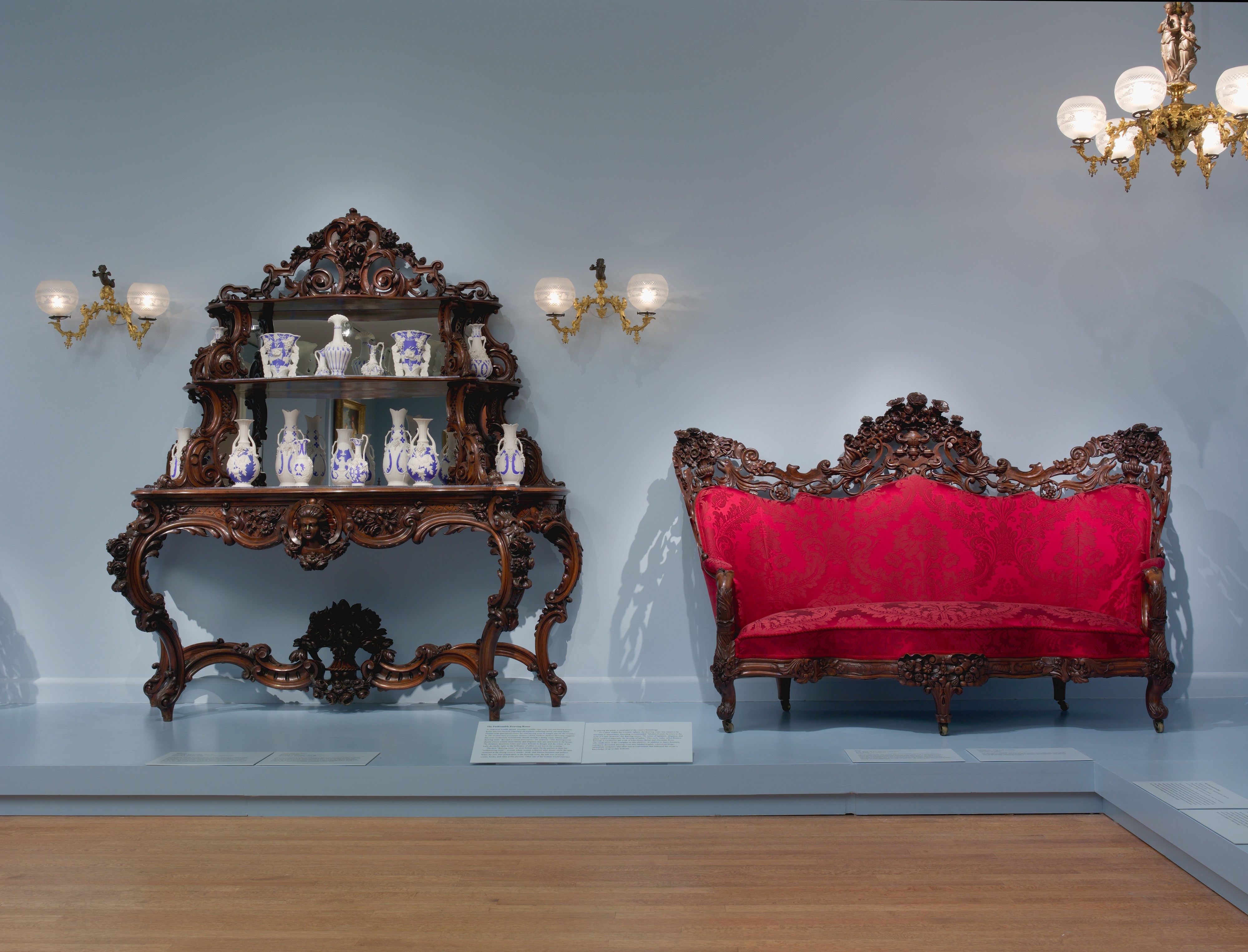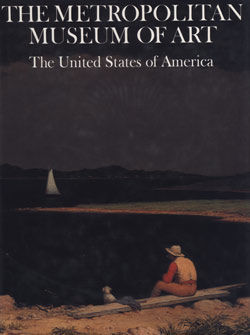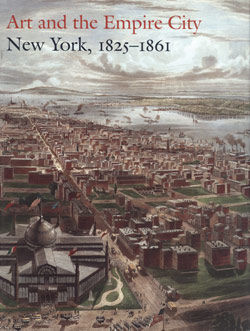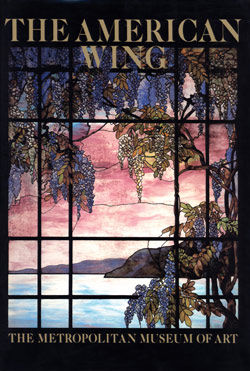Étagère
Alexander Roux French
At the New York workshop of Alexander Roux, over a hundred highly skilled craftsmen—many of whom were immigrants like Roux himself—designed, carved, and assembled elaborate, high-style furniture such as this étagère. The descriptor étagère is the French word for a multi-shelved piece of furniture, underscoring the appeal French associations held for consumers. By the mid-nineteenth century, middle- and upper-class Americans sought to display decorative objects in their homes to showcase not only the family’s wealth but also their worldliness and sophistication. The étagère was most often placed in the parlor, where guests could admire the carefully chosen selection of ceramics, glass, or silver.
Due to rights restrictions, this image cannot be enlarged, viewed at full screen, or downloaded.
This artwork is meant to be viewed from right to left. Scroll left to view more.









